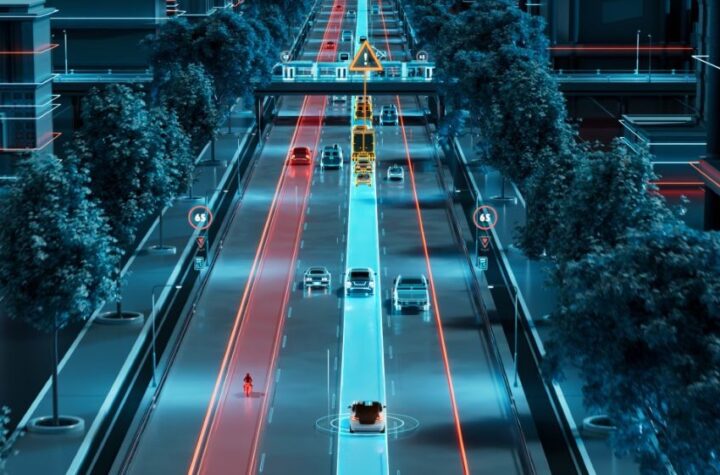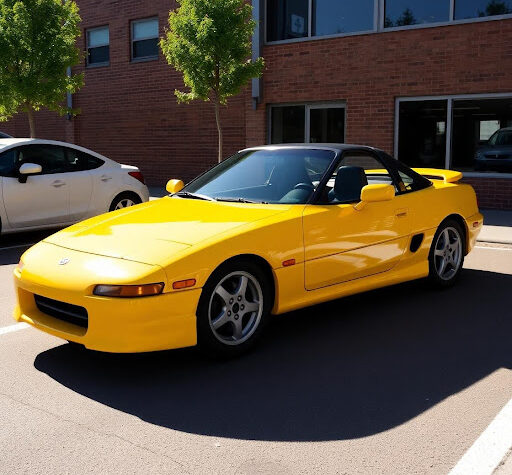
The commercial vehicle segment of the Indian automobile industry has shown great recovery after global economic crisis. It is forecast that sales in the light commercial vehicle (LCV) goods carrier segment will show the biggest growth – of around 20% a year from 2013 to 2015. After the economic downturn the commercial vehicle (CV) sector grew by 36% in 2010, and 32% in 2011. The goods carrier segment continues to dominate the CV market, with an approximate share of 88% in 2011. The domestic market accounts for 90% of the total commercial vehicle sales, but exports are growing.
Automotive Industries (AI) asked Nathan MacDonald, President of CD-adapco, India how three dimensional (3D) modeling can revolutionize the Indian CV industry.
MacDonald: 3D numerical simulation can revolutionize the Indian CV Industry when simulation is fully utilized in the design and development of products. Currently CAD tools & CAE simulation tools are not aligned to facilitate timely 3D numerical simulation. This has limited the number of simulations in the design phase – and therefore simulation is often used in a limited fashion or as a diagnostic tool. In response CD-adapco has developed robust and powerful solutions to deal with the entire workflow in a single GUI. Our solutions allow for world-class automation of workflow and consistency of results which can now be used to influence design.
AI: How best can 3D numerical simulation raise the competitiveness of the Indian CV industry?
MacDonald: By properly adopting and implementing robust simulation workflows that provide timely and intuitive inputs. If this is done, the optimization of components, sub-systems and full systems can be achieved. The net effect is: Reduced costs, improved reliability, quicker to market with new products. This in turn will create a loyal customer base and ultimately build the stature of the “brand”.
AI: Why are you confident about growth in the Indian market?
MacDonald: CD-adapco India has experienced an average year-on-year growth of 50% over the past three years and is on track for a fourth year of similar growth. I know where this growth is coming from: I see our clients innovating. I see clients using our solutions to create better, cleaner, more efficient, longer lasting products that their customers want locally and abroad.
AI: How would you describe CD-adapco’s journey in India?
MacDonald: CD-adapco initially began conducting business in India via a reseller in 2005. In 2007 CD-adapco India was opened in response to the needs of our clients. From a team of three operating from a small office in Bangalore our ranks have grown to more than 50, with offices in Bangalore and Pune, and a new one in Chennai.
AI: What helps you to understand the local market’s needs as an international company?
MacDonald: I have personally lived here with my family for three years, and have learned invaluable lessons about local needs as well as local resources and talent. We understand India because we have our “boots on the ground,” to use a military term. Quarterly meetings with senior management in New York or London give me a platform to articulate the local needs and to offer resources to the rest of our organization.
AI: What trends do you see emerging in the future of Indian vehicle industry?
MacDonald: I qualify my answer by first confessing that I do not have a crystal ball. I am of the opinion that the Indian vehicle industry will emerge as a force in the exporting of its products, especially in the South East Asia, African and Middle Eastern markets. Indian OEMs are developing the local expertise to develop and produce products that meet the higher emissions standards of the EU and US markets, this will help open those markets in a more substantive manner as well.
AI: What were your personal highlights from the 2nd Annual India Commercial Vehicle Summit 2013?
MacDonald: It is always interesting to keep our finger on pulse by meeting people from outside our immediate circle of influence. Events such as these are great prospecting environments at which we can engage with people from outside of the traditional simulation application areas.




More Stories
K 2025: The Power of Plastics! Green – Smart – Responsible
Automechanika Shanghai 2024
A successful and promising fresh start for the Geneva International Motor Show 2024